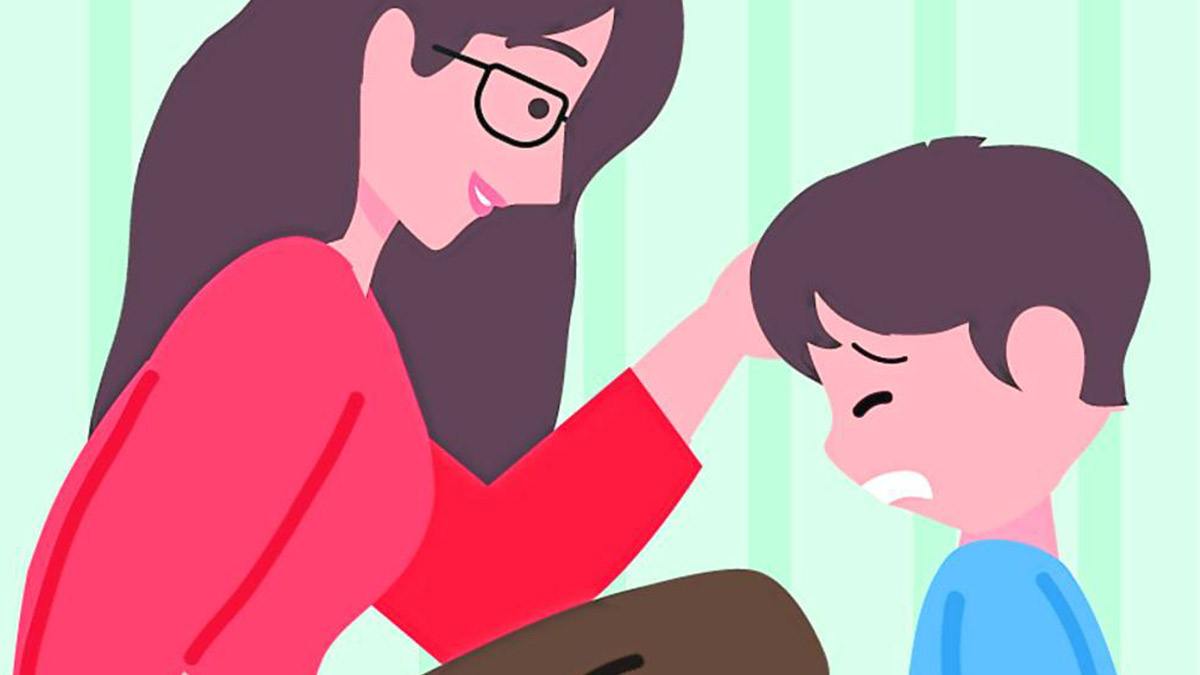(Last of two parts)
Another cornerstone of emotional well-being is learned through play. Who would have thought it would be the best way to learn creativity, self-control, problem-solving skills and various other life skills?
Playtime, whether alone and with peers, is important for a child’s mental health development. It is through play that a child learns social skills and navigates the ins and outs of social interaction and relationships.
While healthy competition is fun and good from time to time, it is better to encourage children to simply enjoy the activities and time with others. This will also encourage them to try new activities and participate, if they are not pressured to win.
Once upon a time, this was perhaps the easiest part of emotional health building, but today, with the advent of digital play and many other factors, such as loss of time due to traffic and the lack of safe common areas for children, parents struggle to find a way for their children to experience authentic play.
Ironically, it is now an effort to engage many children in active playtime outside of the virtual realities offered by their gadgets. But never has it been more essential and worth the effort for parents. If finding playmates is a problem, then, by all means, join the fun and be your child’s playmate. You might enjoy it more than they do!
In the same way that a weak and malnourished body is prone to illness, so is a person with unsupported mental health difficulties.
What may be simple issues in early childhood may persist well into their adult years and develop into much more serious concerns, if ignored and left untreated.
Early recognition
On the other hand, early recognition of symptoms and quick intervention during childhood can help keep the child on track to strengthening mental health all the way into adulthood.
There are two main problems with recognizing symptoms in young children. The first is that most of us are primed to look for adult symptoms of depression or other disorders we are more familiar with. We forget that children, being children, naturally have different symptoms, and will exhibit them in different ways.
The second is that some types of behavior are often overlooked and assumed to be typical.
I was fortunate to have attended an incredible talk by Dr. Francis Xavier Dimalanta, a leading developmental and behavioral pediatrician, who enlightened many of us on red flags to watch out for:
The inability to “bounce back” from a setback or difficult situation, to the point that it begins to affect other aspects of the child’s life
Repeated tantrums or consistently behaving in a defiant or aggressive manner
Displays sadness or lack of joy and cries often
Often anxious, worried or afraid
Exhibits separation anxiety when separated from primary caregiver
Avoids social situations
Regresses to behavior he/she has outgrown such as thumbsucking or wetting the bed
Difficulty in concentrating
Lack of appetite and/or inability to sleep well
Complains of physical pains with no clear medical reason or definite cause
Withdraws from friends in school or begins to have problems getting along with others
A marked decline in school performance.
Difficult to distinguish
Children may exhibit inconsistent and irrational behavior, which may sometimes make it difficult to distinguish between a typical tantrum and one that should be addressed, but knowledge is half the battle.
Taking note of that kind of behavior, as well as any irregular developments or changes in a child’s behavior, is the first step in addressing the situation.
It is important to take these concerns seriously as many are inclined to dismiss them, believing that it is not something that involves young children.
For instance, claims of pain, despite having no obvious physical source, are truly felt by children suffering from mental health difficulties and must be addressed. The same goes for fears, no matter how unfounded they may seem.
Reach out to your child to discuss what’s on his or her mind. Show empathy and give comfort, without judging and overreacting to what your child may tell you.
If your child is not comfortable opening up to you, perhaps a gentle suggestion of other trustworthy and responsible adults may be acceptable to him or her, as well as the assurance that anything discussed with a professional doctor will be kept confidential, except in times of danger.
If changes or behavior persist for more than a few weeks, and are negatively affecting your child and his or her everyday routine, it is time to see a professional.
In a study conducted in Australia by JK Bayer in 2008, research showed that up to 20 percent of children, from newborn to school age, experience mental health difficulties, but only five percent of these cases are addressed.
Meanwhile, a study from the United Kingdom showed that 10 percent of children and adolescents have a clinically diagnosable mental problem, but only a quarter are diagnosed and treated.
Perhaps this is due to the belief that mental illness is an adult problem when, in fact, half or 50 percent of mental health problems begin before the age of 14, and 75 percent, by age 24.
Whether you’re sure that there is a need to see a professional or not, it is always better to be safe and to address these things as early as possible—because a child’s physical, emotional and mental health are all of equal importance.












































